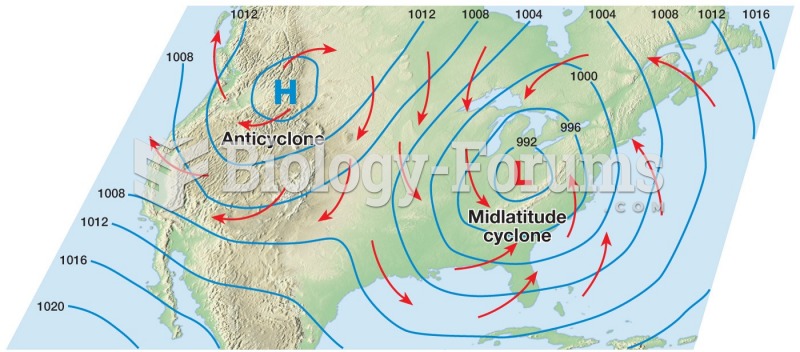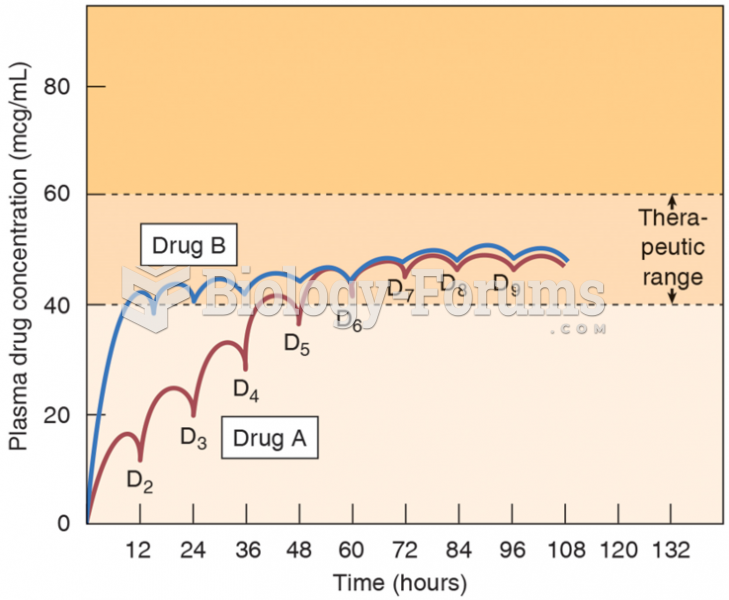This topic contains a solution. Click here to go to the answer
|
|
|
Did you know?
The ratio of hydrogen atoms to oxygen in water (H2O) is 2:1.
Did you know?
The horizontal fraction bar was introduced by the Arabs.
Did you know?
Approximately 500,000 babies are born each year in the United States to teenage mothers.
Did you know?
The modern decimal position system was the invention of the Hindus (around 800 AD), involving the placing of numerals to indicate their value (units, tens, hundreds, and so on).
Did you know?
Lower drug doses for elderly patients should be used first, with titrations of the dose as tolerated to prevent unwanted drug-related pharmacodynamic effects.
 Ice-wedges form netlike polygons on the surface of the tundra, aerial photo of polygonal peat platea
Ice-wedges form netlike polygons on the surface of the tundra, aerial photo of polygonal peat platea
 Vertebral compression Fractures of the spine (vertebra) can cause severe ”band-like” pain that radia
Vertebral compression Fractures of the spine (vertebra) can cause severe ”band-like” pain that radia





